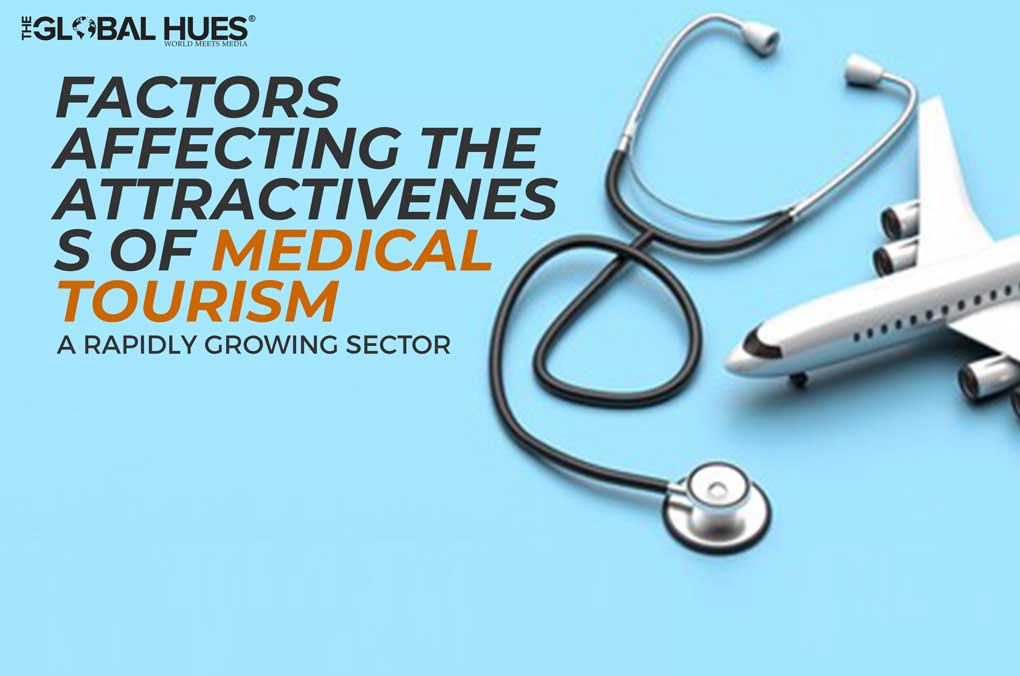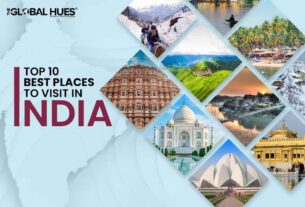Globally there has been extensive growth in the health service sector. Adding to the inadequate national public health services, the spiraling cost of health services and the availability of cheaper alternatives in developing economies has led to the globalization of healthcare worldwide. In India, health care is one of the biggest sectors, in terms of revenue and employment, and this sector is expanding rapidly.
WHAT IS MEDICAL TOURISM?
Medical tourism can be described as the process of traveling outside the native country to receive medical care. Growth in the popularity of medical tourism has captured the attention of policy-makers, researchers, and the media. Originally, the term meant the travel of patients from less-developed countries to developed nations in pursuit of the treatments not available in their homeland. Medical tourism is not a new idea. Medical treatment is one of the essential demands of human beings and it requires good quality and intensive care. Besides the western world, few developing countries are playing key roles as medical tourism destinations. India is one of the leading names among these countries.
What really adds the word “tourism” in the medical tourism concept is that people often stay in a foreign country after the medical procedure. Travelers can thus take benefits of their visit by sightseeing, taking day trips, or participating in any other traditional tourism activities.
Currently, we are not just experiencing qualitative but also quantitative shifts in patient mobility, as people travel from richer to less-developed countries in order to access health services. Such shift is mostly driven by the relatively low cost of treatments in less developed nations or poorer nations, the availability of inexpensive flights, and enhanced marketing and online consumer information about the availability of medical services.
EXPANSION OF MEDICAL TOURISM IN INDIA
There are various characteristics that make India an attractive destination for visitors seeking health services. These include our nation’s well-trained health practitioners, a large populace of good English-speaking medical staff, a great mix of allopathic and alternative systems of medicine, the availability of super-specialty centers, utilizing technologically advanced diagnostic equipment, and finally and more importantly, the availability of these premium services at a competitive cost. Health services in India have the added advantage of involving a good mix of allopathic and alternative systems of medicine. For instance, while New Delhi has emerged as a prime destination for cardiac care, Chennai has established a niche for quality eye care, and Kerala and Karnataka have emerged as hubs for state-of-the-art Ayurvedic healing. If the present trend continues, trade-in health services will become one of the biggest sectors in India. However, the growth of this sector could pose a potential threat to the already crippled public health system in India.
GLOBAL HEALTHCARE INDUSTRY
The global healthcare industry is surrounded by a major transformation, a process that was accelerated by the COVID-19 pandemic. The healthcare services market includes sales of healthcare services and other goods by entities (organizations, individual traders, and partnerships) that provide human healthcare services. This industry includes establishments that provide services such as medical and diagnostic laboratory services, dental services, nursing care, residential substance abuse, and mental care facilities, and other healthcare services. North America was the largest region in the global healthcare services market, accounting for 40% of the market in 2019. The Asia Pacific was the second largest region accounting for 25% of the global healthcare services market. Africa was found to be the smallest region in the global healthcare services market. Laboratories in developed economies are looking to develop by investing in automatizing equipment to meet the demands of testing more efficiently. Automating labs boosts cost-efficiency and automated equipment is being introduced in main areas of diagnostics like microbiology and molecular diagnostics.
SERVICE QUALITY
The two major components of service quality in the health care sector are – technical or mechanical quality and serviceable or functional quality. Technical equipment is at the center of the patients’ diagnostic algorithm, while the functional quality is measured by the service offered in the healthcare centers (such as the services of staff, nurses, and, most importantly, the doctors towards the patient and their assistants). The service quality in the medical tourism industry is a prominent part of attracting customers. One of the fundamental barriers in understanding medical tourism is the perception of inadequate quality. This can be overcome by using adequate marketing strategies and quality assessment via accreditation from an internationally recognized institution. Such accreditation is pivotal for strengthening confidence in the quality of healthcare.
TREATMENT TYPES AND INCREASE OF MEDICAL TOURISM
Other than the cost, another prominent factor responsible for the increase in medical tourism is access. The lack of it, either because of the unavailability of the technology or the prohibition in the home country, can subsequently lead to medical tourism. The common examples are cytoplasmic transfer or stem cell therapy. Categories of different treatments and their availability also represent an important factor in the decision to engage in medical tourism. The most common types of procedures that patients follow during medical tourism trips are elective cosmetic surgery, dentistry, organ transplantation, cardiac surgery, and orthopedic surgery.
To conclude, medical tourism is a fast-growing sector, and to be able to transform a country such as India as an attractive and competitive medical tourist destination in this time of globalization, a step should be taken to control cost ensuring the quality of services.




